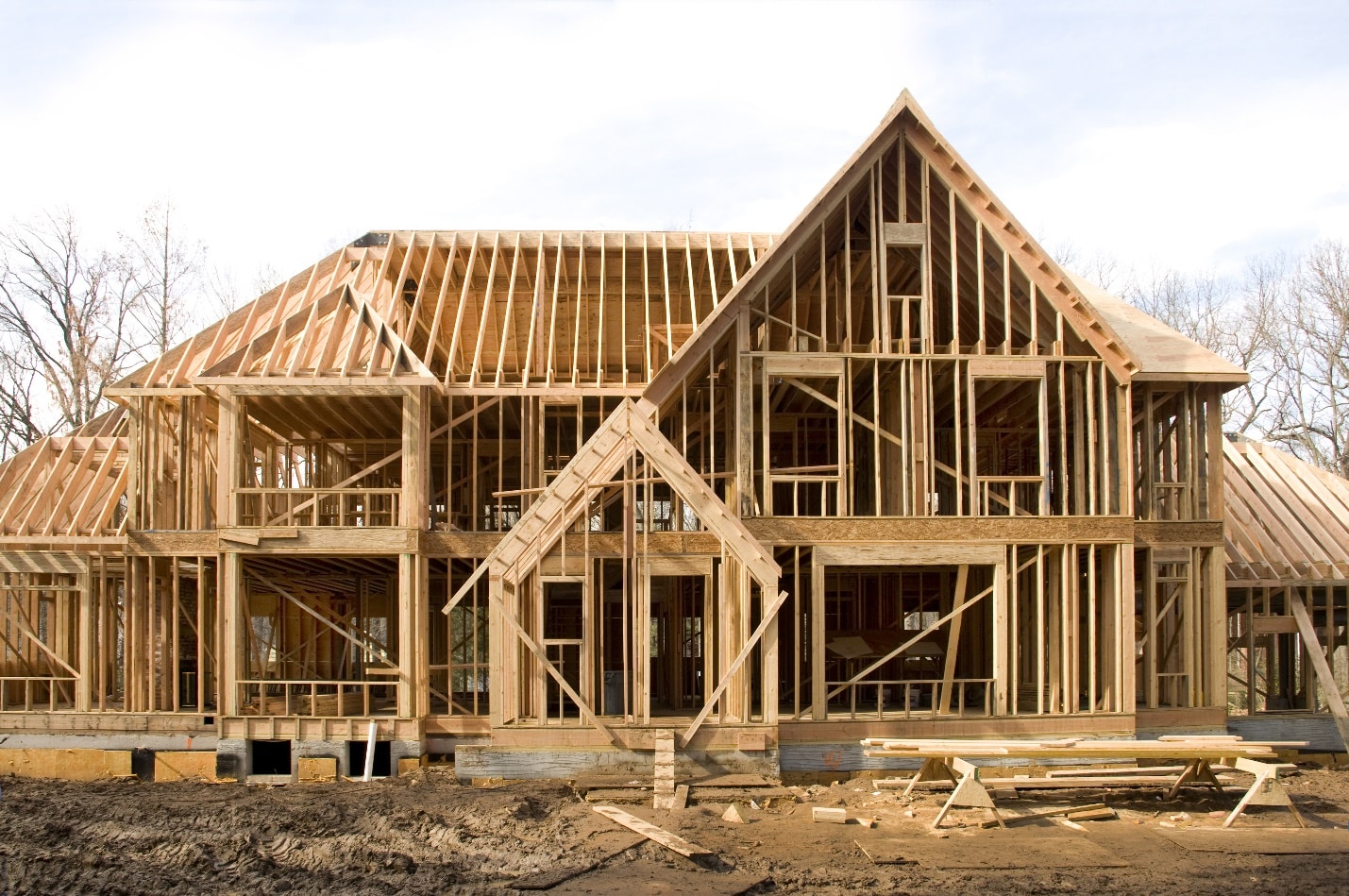The mounting costs of housing, environmental concerns, and several other factors have individuals and families alike looking for cheaper ways to own a home. With the median house price in Australia reaching over $809,000 in 2019 and median rent reaching $436 per week, buying a house or saving for one isn’t easy.
These factors are the reason modular homes are gaining popularity across the country. Prefabricated and transportable homes are touted as the cheaper alternative to buying or building a house.
What Are Modular Homes?
The rising cost of building homes on-site has prompted builders to provide cheaper and more environment-friendly options for their customers. This is how modular homes were introduced. These structures are built at a factory and then transported to the owner’s chosen site.
Modular homes can either be prefabricated or transportable. Prefabricated or “kit homes” are made from parts manufactured in a factory and then assembled on the customer’s lot. Transportable homes, meanwhile, get to the customers’ lot already fully built from the factory.
These modular homes advertise several benefits, including shorter construction time and flexible home design. But their most regarded benefit is the apparent overall cost savings you can get. Below, we explore how transportable homes can be cheaper than traditional ones.
-
Construction companies can buy supplies in bulk
Construction companies that build transportable homes order items or have them manufactured in bulk to use for other projects, not just your house. These companies often have deals with brands and suppliers that provide other materials needed to build a transportable home, such as sinks, tiles, or door handles. All of these amount to cheaper overall costs, as opposed to ordering materials just for the construction of one home.
-
Construction companies pass on savings
Another cost-saving factor is cheaper shipping. Shipping can rack up home construction prices when building traditional homes since building materials usually ship on a per-order basis. But since construction companies order materials for several projects and they’re delivered to one facility, shipping costs significantly go down. Most construction companies will pass on these savings to their customers with their lower building expenses for transportable homes.
-
Transportable structures are built faster
One of the major downsides of traditionally-built homes is the long construction time. Depending on the size, it can take between four months and a year to build a house. This means you have contractors and other construction professionals in your employ for a year, and you pay for their labour and services every day. Then you also must worry about additional fees that will pop up through the course of your home’s construction. Modular homes, on the other hand, can be ready in a couple of months, letting you save more on labour costs.
-
You can reduce rent while waiting
Waiting for your house to be built means you’re either paying the mortgage to continue living on your existing property or spending money on rent. Since modular homes can be ready in a couple of months, you don’t have to waste money on financing another living arrangement.
One of the biggest investments you can make in your life is your home. If a modular home helps you own beautiful living space for an affordable price and within a shorter time than it would take to build a traditional home, take advantage of it.



